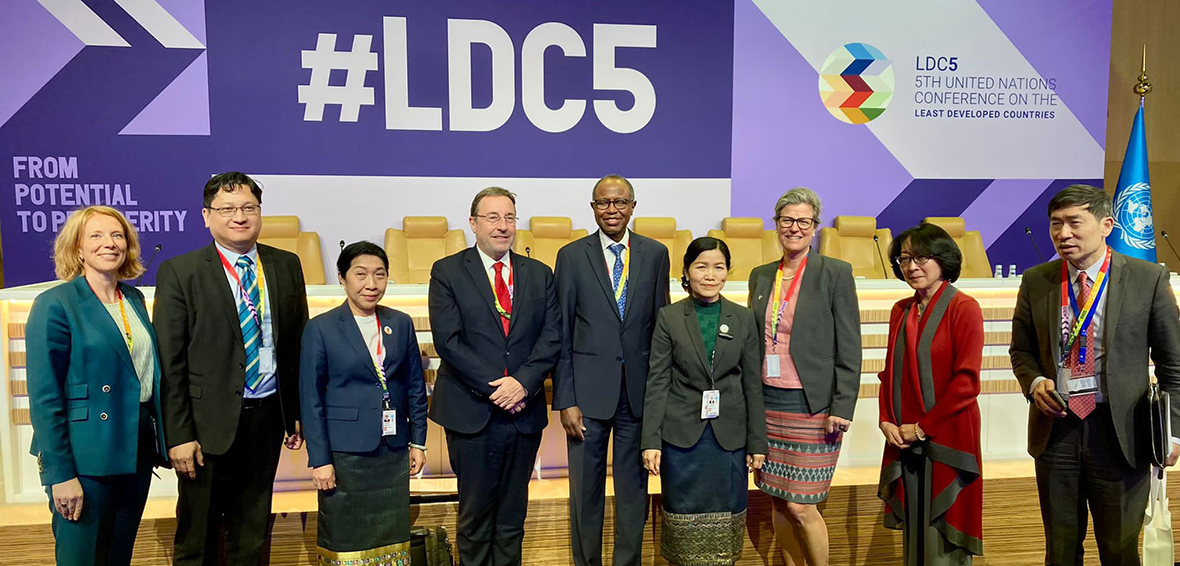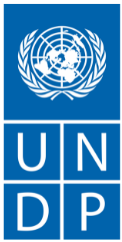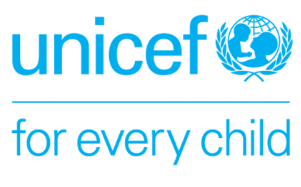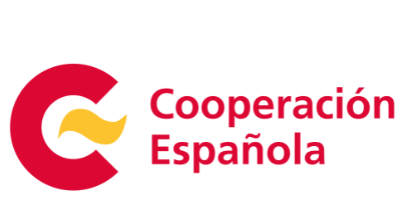Five thousand participants, including 47 Heads of State, gathered in Doha last week to agree on measures to deliver the Doha Programme of Action, an ambitious roadmap for coordinated support to least developed countries (LDCs) through 2031.
What is clear: The Doha Programme of Action cannot be achieved without an urgent and significant increase in finance in LDCs.
On the sidelines of the Fifth United Nations Conference on the Least Developed Countries (LDC5), the INFF Facility hosted an event to discuss how integrated national financing frameworks (INFFs) are helping LDCs unlock investments for LDC graduation, the SDGs and the objectives of the Paris Agreement.
We were joined by senior government leaders from Comoros, Djibouti and Lao PDR and representatives from UNDP, UN DESA, UNICEF, OECD, the United Nations Office for Disaster Risk Reduction and the Government of Belgium.
If you missed the event or need a refresher, we summarised the top 5 takeaways below.
1. Debt crisis at the forefront
“25 developing economies are already spending over 20% of their revenue just on servicing debt. We have a real problem,” said Achim Steiner, UNDP Administrator, in his opening remarks. Ilyas Moussa Dawaleh, Minister of Finance and Economy of Djibouti, echoed his concern: “Debt service repayments tripled all of a sudden. At the same time, resources started to run out.”
LDCs are facing a period of profound disruption and enormous fiscal stress. The UN Secretary-General’s SDG Stimulus calls for system-wide reform to the global financing system to lower the high cost of debt and scale up long-term financing for developing countries.
With 70% of LDCs developing an INFF, these frameworks are a critical entry point for operationalising the SDG Stimulus at the national level, helping countries prioritise reforms and investments and manage trade-offs that can take pressure off the budget and reduce reliance on debt.
2. “Do more and better with domestic resources.”
In response to the growing debt crisis, domestic revenue mobilisation was a big topic of discussion. In more than a third of LDCs, tax revenues are less than 10% of GDP, compared to 15-20% in other developing countries.
Pilar Garrido, OECD Director for Development Cooperation, reminded audience members that low government revenues exist within a context of declining ODA, diminishing grants and increasing financing needs.
“We are asking countries and governments to do more and better with domestic resources,” said Omar Abdi, Deputy Executive Director of Programmes at UNICEF. Through INFFs, 22 LDCs have outlined immediate reforms to both increase government revenue and better channel existing resources to critical social sectors.
Abdourazak Ibrahim, the Comorian Secretary-General of Government, spoke of the challenges of tax collection and combatting tax fraud. Through the INFF process, the government has identified specific tax administration and tax policy reforms to overcome these hurdles.
3. A greater focus on resilience
“The reason why many countries began to develop an INFF was because disasters derailed them,” said Mami Mizutori, Special Representative of the UN Secretary-General for Disaster Risk Reduction. Whether it was the pandemic, an extreme weather event or the effects of climate change, many LDCs turned to the INFF approach to help them build a more resilient national financing architecture in a time of crisis.
“Most of the challenges we face revolve around policy trade-offs: revenue generation versus environmental sustainability, fiscal space versus attractiveness,” said Phonevanh Outhavong, Vice Minister of Planning and Investment in Lao PDR. The INFF process provided a structure for Lao to build consensus around difficult decisions, placing a greater emphasis on risk reduction and resilience than putting out fires: 20 days of multistakeholder workshops led to a consensus on 54 policy actions.
The discussion around disaster risk reduction (DRR) and INFFs is growing. This year, the G20 Working Group on Disaster Risk Reduction under India’s G20 Presidency will explore the topic of INFFs and DRR, and the INFF Facility will release guidance on integrating DRR into INFFs.
4. What’s working: Translating knowledge into action through INFFs
“I hear countries say an INFF helps us to not only focus but also understand our own structure, our own financing, both sources and challenges,” said Heidy Rombouts, Belgium’s Vice-Minister for Development Cooperation.
Djibouti’s Minister of Finance and Economy underscored the role that INFFs can play in deepening understanding: “We not only learned about potential financing solutions, we also learned about the reality of our existing resources.”
After developing a deeper understanding of its financing landscape, the Comorian Secretary-General of Government explained, the INFF process helped the government prioritise reforms across public and private finance and outline steps for an improved institutional architecture. The small island developing state will be the first LDC to launch its INFF-driven financing strategy later this year.
Development partners, too, are learning lessons from INFFs that will improve the support required to achieve the Doha Programme of Action. INFF-driven financing strategies clearly outline country priorities. A key takeaway from LDC5: it’s time for development partners to fulfil their commitments.
5. Looking toward the SDG Summit
The fact that LDC5 came at a pivotal time - the halfway point to achieving Agenda 2030 - was not lost on the speakers. During the SDG Summit in September, Member States will review the state of the SDGs and outline actions to accelerate progress.
The sheer number of countries developing INFFs presents a window of opportunity to meet the financing needs of the most vulnerable and channel investment towards the SDGs. However, realising these country-led visions will require commensurate levels of support.
The INFF Facility brings together UNDP, UN DESA, OECD, UNICEF, the European Union, Italy, Sweden and Spain to support LDCs and other countries implementing INFFs. As the Facility grows, we hope to see more partners align and deepen their involvement.














